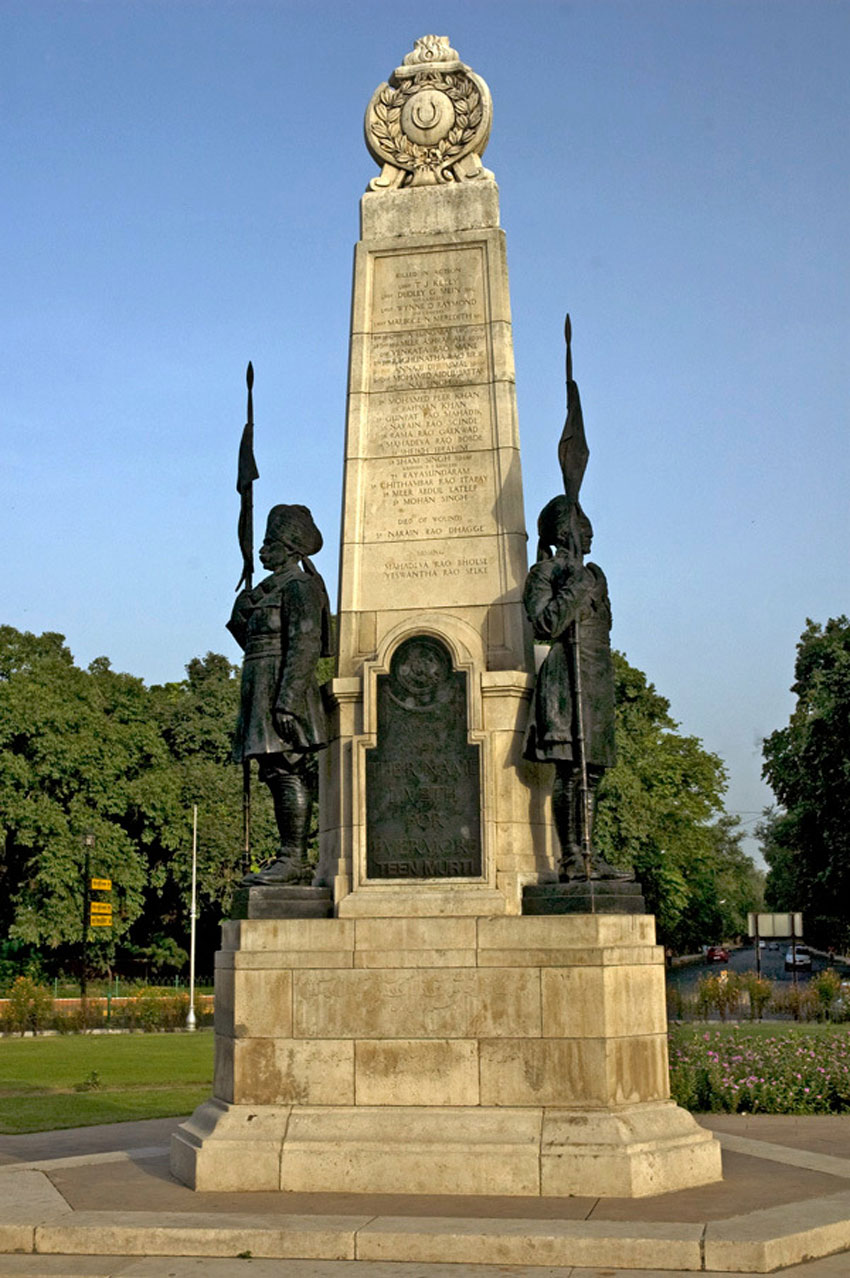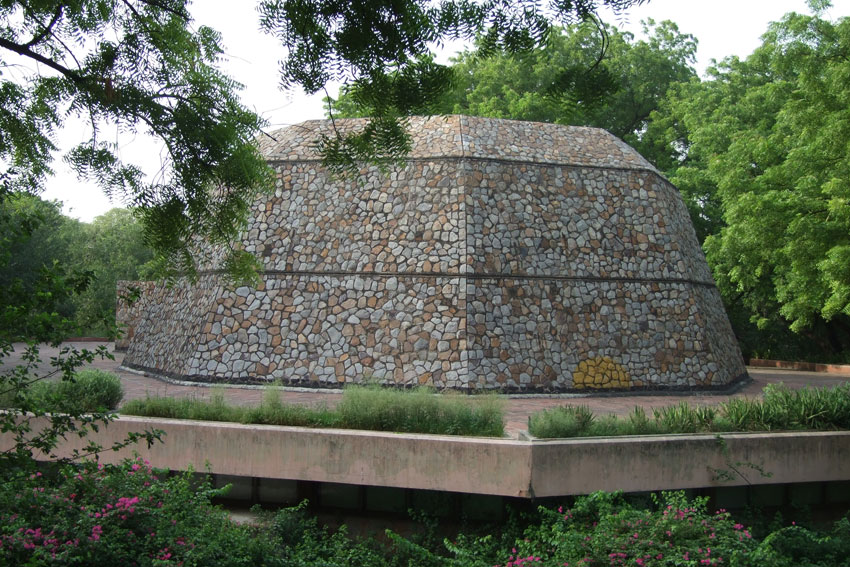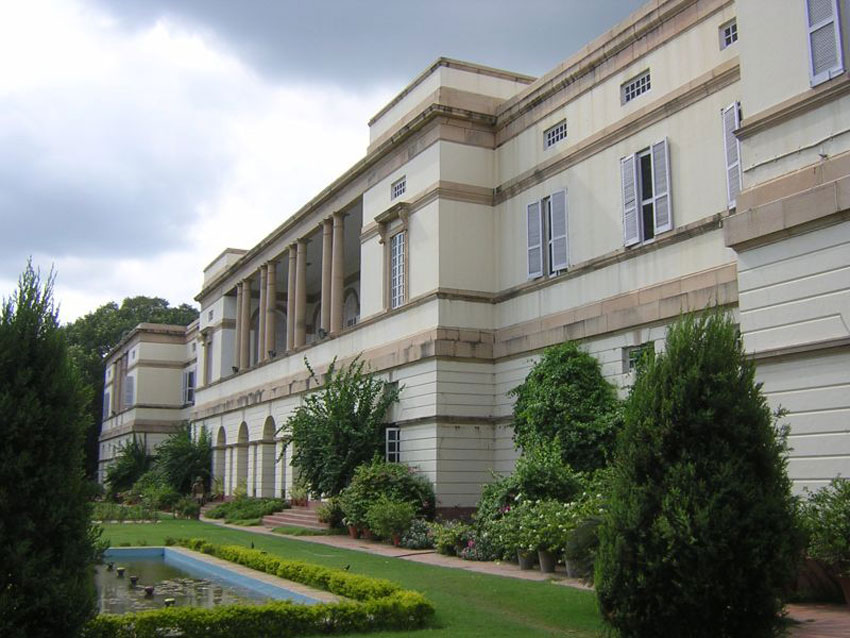Clash of Legacy at Teen Murti Bhavan
Teen Murti Bhavan in New Delhi. (Wikimedia Commons)
India is witnessing a clash of legacy at the historic Teen Murti Bhavan (Teen Murti House) ensconced in Lutyens’ Delhi, a posh leafy neighborhood where the powers that be wield their writ over the country, writes Priyanka Bhardwaj.
This is to do with the proposal that is being executed by the central government that is in the command of the Prime Minister, Narendra Modi, led National Democratic Alliance dominated by the Bharatiya Janta Party (BJP).
It intends to expand the limits of the Bhavan to enshrine memories of all past Prime Ministers (PMs) in the form of a museum, from the present museum and library dedicated only to that of the first PM of independent India, Pandit Jawaharlal Nehru.
Considered as the foremost leader and statesman in the subcontinent by many, especially the Indian National Congress, the new plan has naturally pushed the Congressmen into a state of extreme unease, so much so that a former PM, Manmohan Singh, from the Congress party, largely known for his reticence, shot off a strongly worded letter to Modi.
Expressing his dismay over the disruption of the traditional functioning and purpose of existence of the Bhavan complex Singh expressed that Nehru belonged not just to the Congress but to the entire nation and hence any of the aforementioned action would only be construed by the public and opposition as nothing short of “revisionism”, deliberate “obliteration of Nehru’s legacy and as an assault at Nehru-Gandhi family by the current dispensation or rather the BJP.
In this context he advised Modi to follow the extraordinary example of his former BJP PM Atal Bihari Vajpayee who had repeatedly acknowledged and praised the contributions of Nehru.
Among other Congress leaders, Jairam Ramesh too holds the proposal as anything but innocent and “diabolical”, ‘intended only to obliterate Jawaharlal Nehru’.
However, the non-Congress brigade places this outrage amongst the “durbaris” (followers and beneficiaries of the Congress regime) in the context of reduction in power and halo of the Nehru-Gandhi Family that has usurped a level above public scrutiny.

They debate that the proposal lays bare insecurities of a dynasty that has no intentions to relinquish its control over the levers of power that it has managed to get hold of through decades of elaborate, symbiotic system, for almost complete political sway over the citizens treated as no more than “subjects”.
A recent turned BJP sympathizer, Sanjaya Baru, economist and advisor to PM Singh, had elaborated in his book the historicity of the complex and his perspective, as to how Nehru moved into the estate only after the death of Mahatma Gandhi, ‘Father of the Nation’ famous for his austerity, to live in the complex in order to “elevate himself above the rest of the Congress leadership in the public eye, from primus inter pares (first among equals) to position of numero uno.”
He writes how after Nehru’s demise the decision to convert this estate into a museum was undertaken by S Radhakrishnan, former President, MC Chagla, Minister for Education & Culture, and Indira Gandhi, as Minister for Information & Broadcasting, and even when this decision was reversed in 1968, the decision to shift the museum to Patiala House never saw execution, which he felt was a “travesty” that “etched the deification of the First Family in the collective psyche as normal”.
His line is that all PMs must be treated as equal contributors to the legacy of the country’s history, similar to the histories of the USA and Britain, though in India the colonial British masters were systematically replaced by the Nehru-Gandhi First Family, and likens those rising against the proposal as symbolic of the opposers to the growing democratization.
For those unfamiliar with the history of the Teen Murti (three statues in Hindi) Memorial complex, the complex was built in 1922 by sculptor Leonard Jennings who dedicated three life-sized statues to three anonymous Indian soldiers who had won the war against the Ottoman Empire and German Army at Haifa, fighting and sacrificing their lives for the British’s 15th Imperial Service Cavalry Brigade.

Later in 1930 the House was added to the 30 acre estate by eminent architect of PWD of that era, Robert Tor Russell, also designer of the famous expansive shopping arcade of Connaught Place and the Eastern and Western Courts on Janpath.
It was christened as the “Flagstaff House” and became the winter headquarters and residence of the Commander-in-Chief of the unified forces of the Indian Army, British Army and Princely States.
When India attained freedom Nehru as the first PM came to occupy the ornate and lavish complex till his death on May 27, 1964, after which the complex became an office complex for multiple institutions such as the Nehru Memorial Museum and Library (NMML), ‘Jawaharlal Nehru Memorial Fund’ that also awards the ‘Jawaharlal Nehru Memorial Fellowship’, and ‘Centre for Contemporary Studies’, the Nehru Planetarium, and a museum of a number of mementos from various nations, objects and manuscripts.
In short it has been serving as a national memorial dedicated to Nehru for several decades.
Sources in the NMML that runs the estate complex is governed by the government stress that the property belongs only to the Union Government and that the area is large enough to accommodate another memorial, and that it will be Nehru plus.
If the assurances of the government is to be believed the anxiety seems needless and addition to the repository must be welcomed as the future will always present chances to make up for any oversights, deliberate or otherwise.


